2016's $400 GPU vs. 2019's $400 GPUs
Something we've been hearing a lot this year is that PC gaming is not in great shape, how there's a lack of development and progress on the hardware front and we're just getting rolled on pricing. To some degree we get it, high-end products are pricey and big performance gains are becoming harder and harder to come by. But are things really that bad? Honestly, we don't think they're that bad at all, and would argue that in many ways they're as good as they've ever been.
For example, today you can buy a powerful and modern 6-core/12-thread CPU like the Ryzen 5 3600 for less than $200. Three years ago you'd be looking at paying 3x that amount for a Core i7-6850K, or twice as much for the 6800K. It goes without mention that last year's 6-core/12-thread R5 2600 is barely a little over $100 new. So at least on the CPU front, things have without question never been better.
Memory and storage pricing is also amazing right now, but what about graphics cards? It's GPUs that we suspect most gamers are focusing on when complaining about the current state of the PC gaming industry.
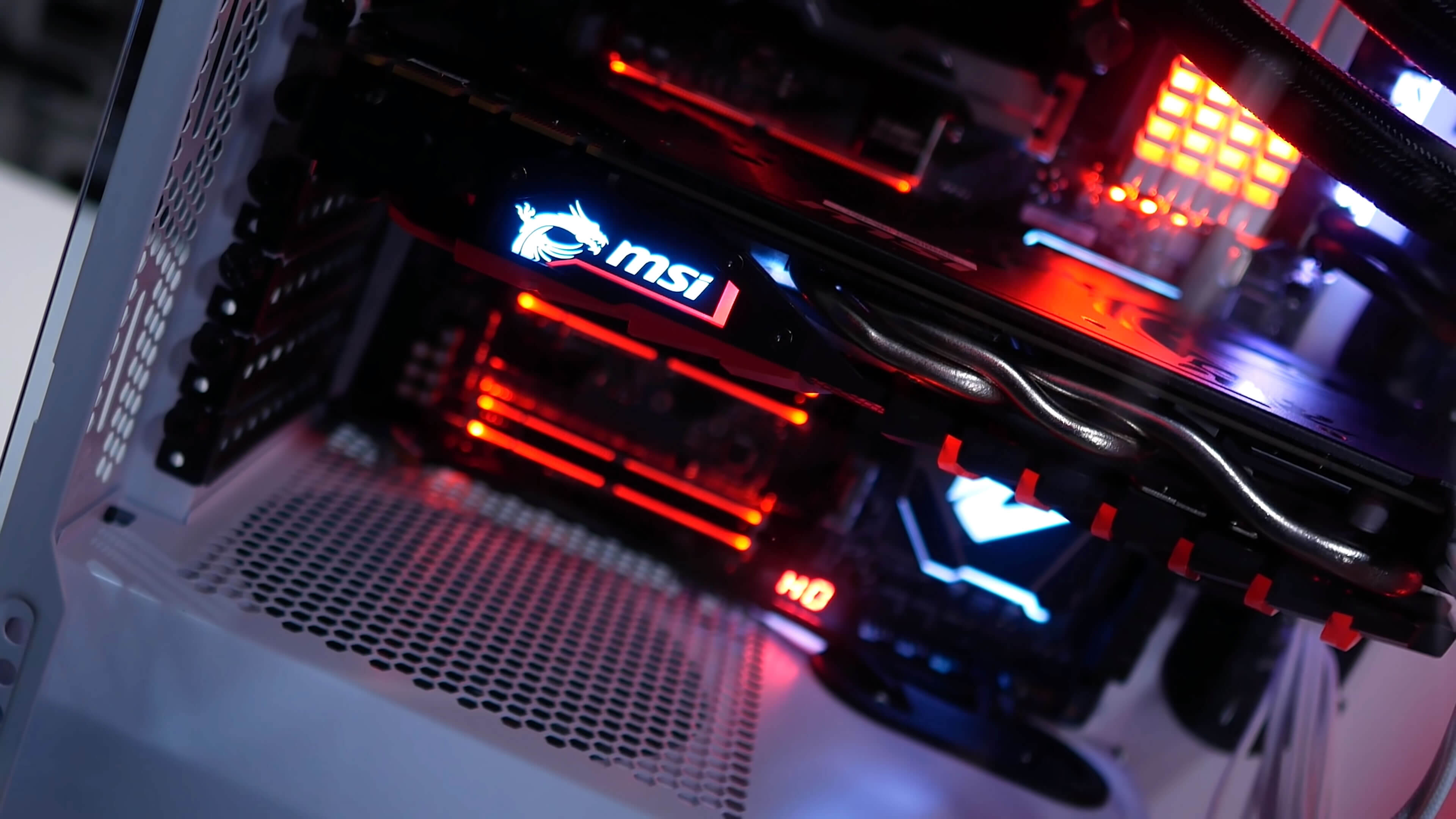
It's been over three years ago since Nvidia released the GeForce GTX 10 series, and what an amazingly good series that was. Starting with the GeForce GTX 1080 in May 2016, Nvidia wowed gamers with never before seen performance at the $600 price point. Then a month later, the GTX 1070 did the same with $400 Founders Edition model. AIB versions were meant to cost a bit less but that never really happened, but that was still a great price for that particular product.
Today for roughly the same money you can purchase a GeForce RTX 2060 Super or the Radeon RX 5700 XT. So what kind of performance improvement should you be looking at? Upon release the GTX 1070 was around 50 to 60% faster than the GTX 770 4GB (released three years prior in 2013 for the same $400).
So if the RTX 2060 Super or Radeon RX 5700 XT are able to provide that same 50 - 60% improved performance, then things really haven't changed for the worse. Even 40 to 50% gains would be acceptable in our opinion, and we must acknowledge that these performance gains are becoming increasingly difficult to unlock.
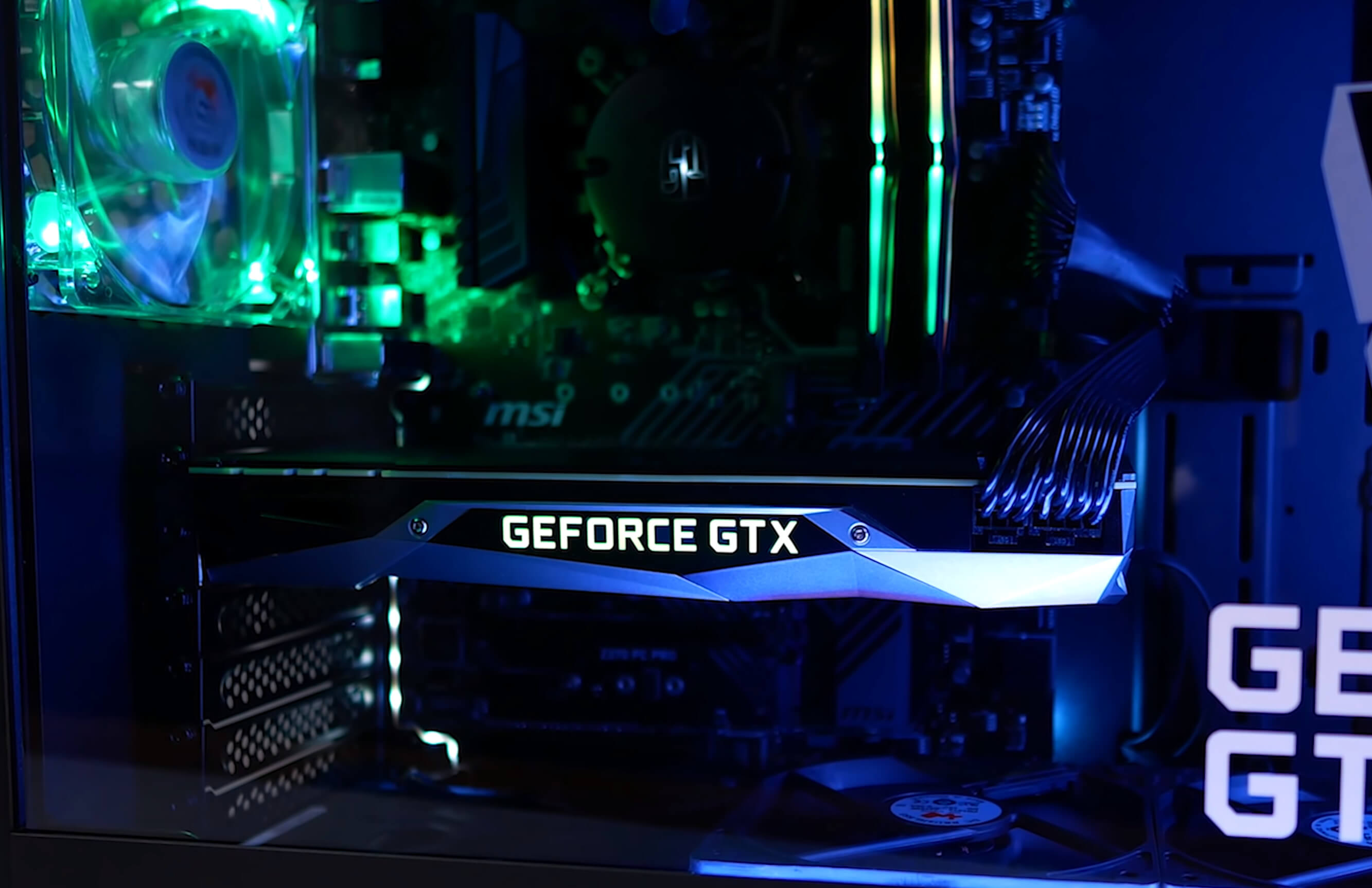
In an effort to determine if today's comparison is a favorable one, we'll test 2016's prime $400 GPU, the Nvidia GeForce GTX 1070 against 2019's $400 GPU players, the RTX 2060 Super and RX 5700 XT and compare them in 37 games at 1080p and 1440p. Representing AMD we have the PowerColor Red Devil and representing Nvidia we have the MSI RTX 2060 Super Gaming X and MSI GTX 1070 Gaming X graphics cards.
Powering the GPU test rig is a Core i9-9900K overclocked to 5 GHz with 16GB of DDR4-3400 memory. We'll look at about a dozen games more closely before jumping into a performance breakdown graph. Discussion we'll be focused on 1440p results for simplicity sake, but you have all the data readily available in the graphs below.
Benchmarks
First up we have Red Dead Redemption 2 and here the RTX 2060 Super provided a solid 53% performance boost over the GTX 1070, while the 5700 XT was a whopping 85% faster!
This is a brand new title and there's a good chance Nvidia has yet to optimise older Pascal GPUs properly. Evidently Turing-based GPUs get first dibs right now, so it's possible this margin will close up a little later on.


Assassin's Creed Odyssey is another demanding title but this one has been out in the wild for a year now and here we see the 2060 Super offering a 62% performance increase over the 1070 while the 5700 XT was 67% faster at 1440p.
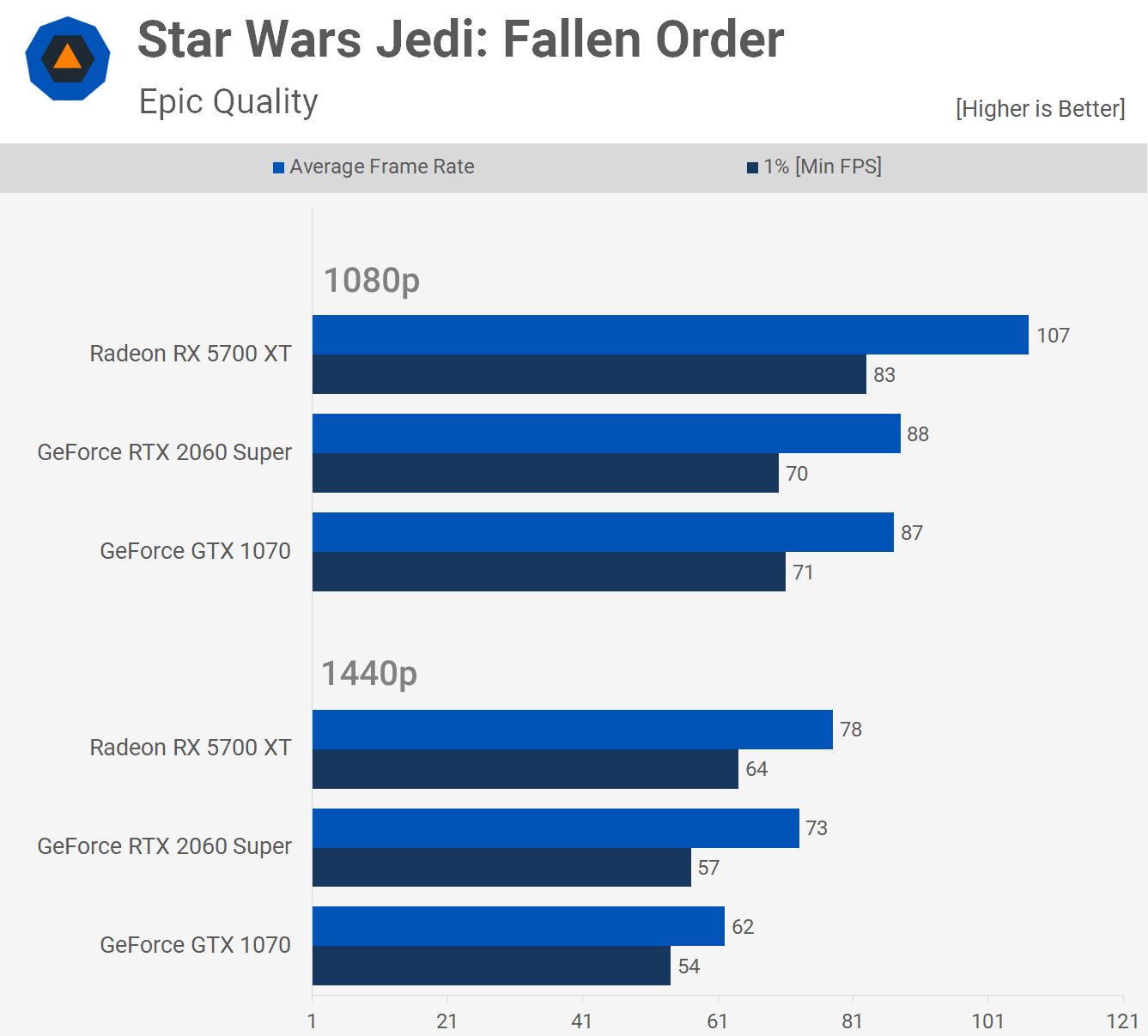
Interestingly we see very little difference between the GeForce GPUs in the new Star Wars Jedi: Fallen Order. Here the 2060 Super was just 18% faster, while the 5700 XT offered a 26% performance bump. This is actually the best result for the GTX 1070 of all 37 games tested.
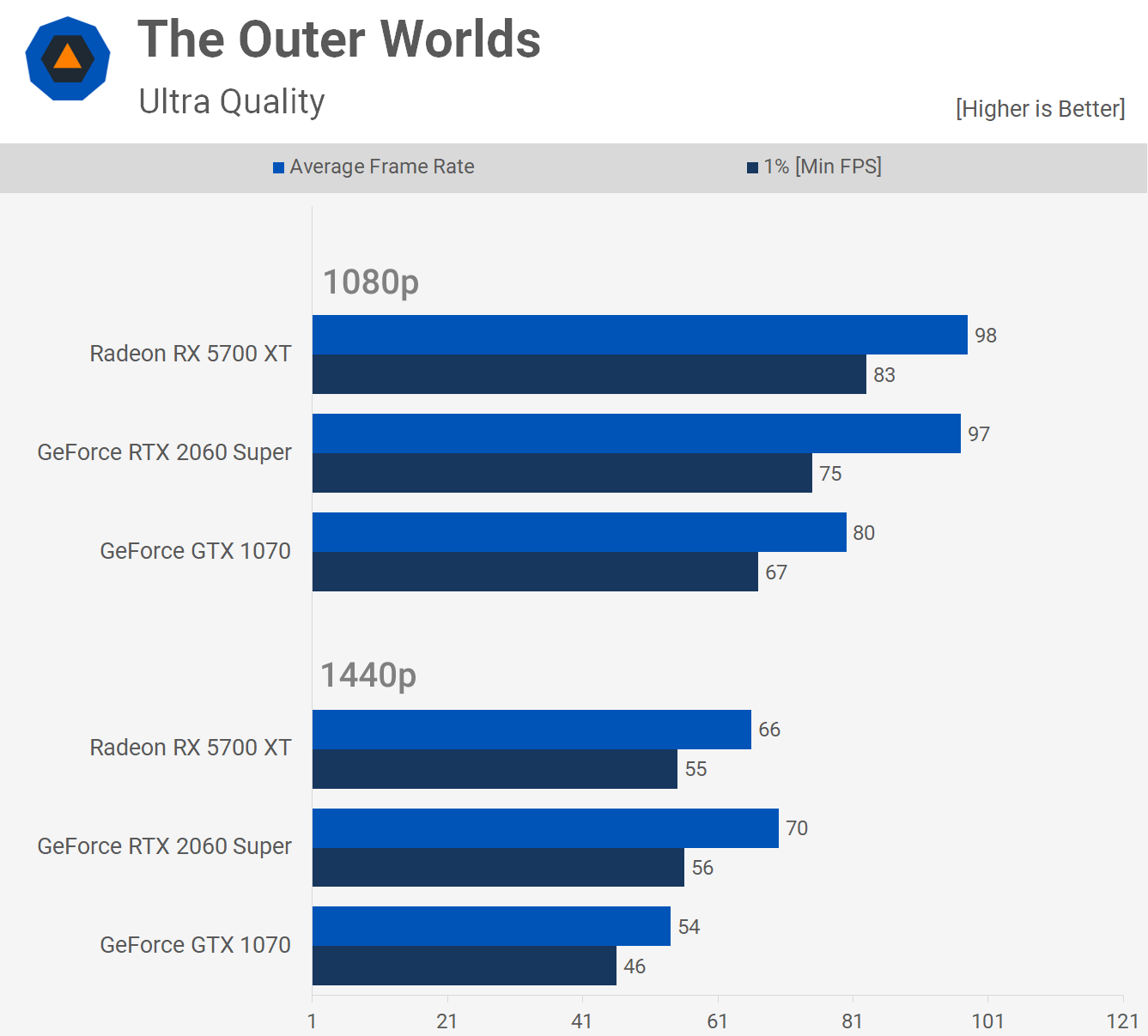
The 2060 Super provides a 30% performance boost in The Outer Worlds and the 5700 XT was just 22% faster at 1440p. The old Pascal GPU is still quite impressive in this title.

The Radeon RX 5700 XT is a beast in Call of Duty: Modern Warfare, beating the RTX 2060 Super by a 26% margin at 1440p and that meant it was 66% faster than the GTX 1070. The 2060 Super was also 31% faster than the 1070 which isn't too bad.

The GTX 1070 struggles in Control at 1440p and here we see the 2060 Super offering 59% more frames and 65% more for the 5700 XT. Those are massive gains for the current generation $400 GPUs.

World War Z plays nicely on the GeForce GTX 1070, even at 1440p. Here it maintains over 60 fps at all times. Despite that the 2060 Super was still able to deliver a 32% performance boost and the 5700 XT a massive 64% performance boost. Some strong gains to be had with the newer GPUs.

Testing with F1 2019 sees the 2060 Super boost performance by 40% over the GTX 1070 while the 5700 XT was 61% faster at 1440p.

The 2060 Super wasn't a great deal faster than the GTX 1070 when testing with Ghost Recon Breakpoint, well at least not when compared to some of the other titles we've already looked at. Here it was just 26% faster which is a little surprising given the 5700 XT was a massive 58% faster when comparing the average frame rate.

The GTX 1070 proves that it's more than capable in Fortnite, but even so you can still expect to see 30% more frames with the 2060 Super and 28% more with the 5700 XT.

Surprisingly we see just a 20% performance boost for the 2060 Super over the 1070 when testing with Gears 5. That said, the 5700 XT beat the 1070 by a rather convincing 38% margin at 1440p and 54% at 1080p.

When testing with Shadow of the Tomb Raider we see that the 2060 Super is 42% faster than the GTX 1070 while the 5700 XT is 50% faster. The difference in performance is also very noticeable at 1440p, going from dips into the 40's to high 50's to mid 60's is a significant difference.
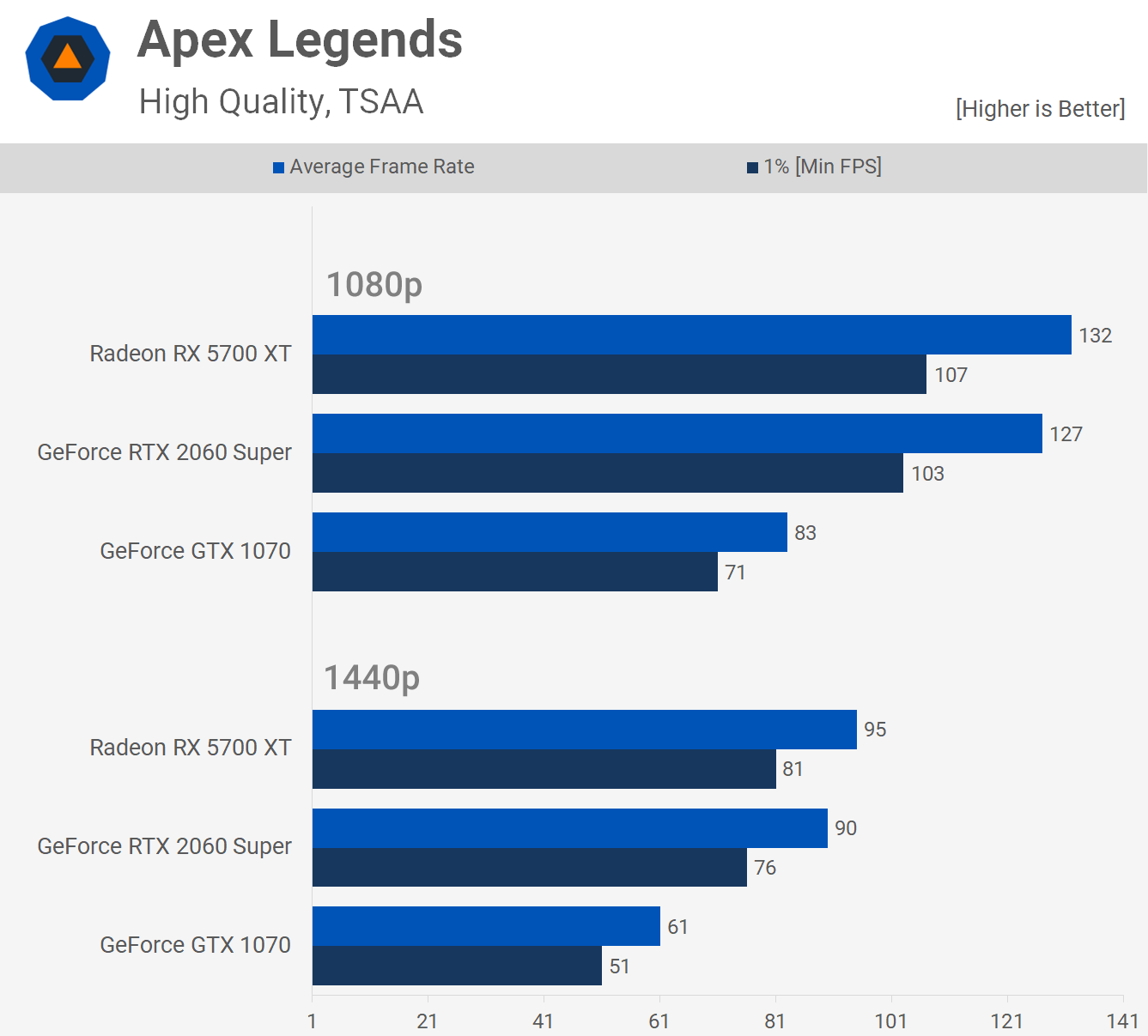
The performance gains in Apex Legends are substantial, here the 2060 Super was 48% faster than the GTX 1070, while the 5700 XT was 56% faster. For what it's worth, the gains were also slightly larger at 1080p.

In Borderlands 3 the RTX 2060 Super was 24% faster than the GTX 1070, but the Radeon did much better with an impressive 55% improvement, averaging 65 fps opposed to just 42 fps. At 1440p the difference in performance is very noticeable.
Performance Summary
After checking how the RTX 2060 Super and 5700 XT compare to the GTX 1070 in about a dozen titles, now it's time to see how they compare across all 37 games at 1440p.
RTX 2060 vs. GTX 1070
The graph below shows us how the RTX 2060 Super stacks up against the GTX 1070 across over thirty popular PC games. On average the 2060 Super was 35% faster at 1440p. That's not amazing progress after 3 years, but it's not terrible either. We do see 40% gains or better in 10 of the titles tested, but we also see 30% or less in 15 games.

Radeon RX 5700 XT vs. GTX 1070
We already know the 5700 XT is a better value than the 2060 Super, so it's no surprise it offers a bigger step forward when compared to the GTX 1070.
AMD is offering almost 50% more performance at 1440p and that's certainly a substantial performance improvement.
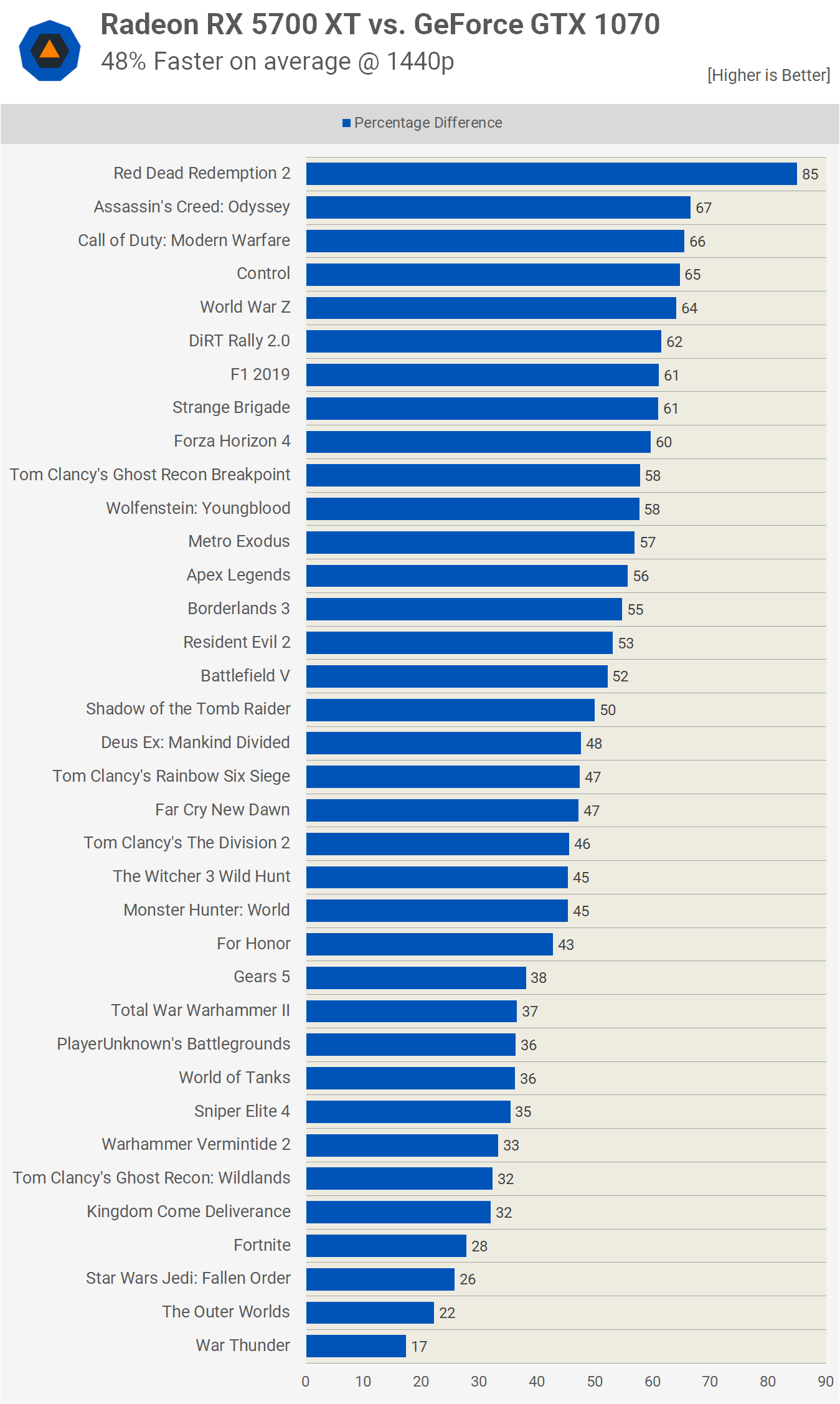
What Have We Learned?
We've come to terms with the fact that we're not going to get 20 to 30% performance gains year on year anymore. Some have come to expect those kind of gains no matter what, but we must wonder where they were during the five years of 28nm GPUs? Let's also consider Nvidia lacked real competition for a few years and naturally that didn't help with pricing or performance.
Back when the GeForce GTX 770 was released (yes, we reviewed it in 2013!), AMD had a strong high-end product in the Radeon HD 7970, the GTX 770 was released a little over a year after the 7970 and yet it wasn't even 10% faster. This kept prices down and with a healthy amount of competition we also often saw price cuts.
Another factor worth considering is VRAM. The typical GTX 770 came configured with 2GB and only select models carried 4GB. But even then a 4GB GTX 770 is often at a disadvantage when compared to a GTX 1070, which came exclusively with 8GB. Put more clearly, comparing them at 1440p will provide the GTX 1070 with a significant performance advantage on the increased memory capacity alone.
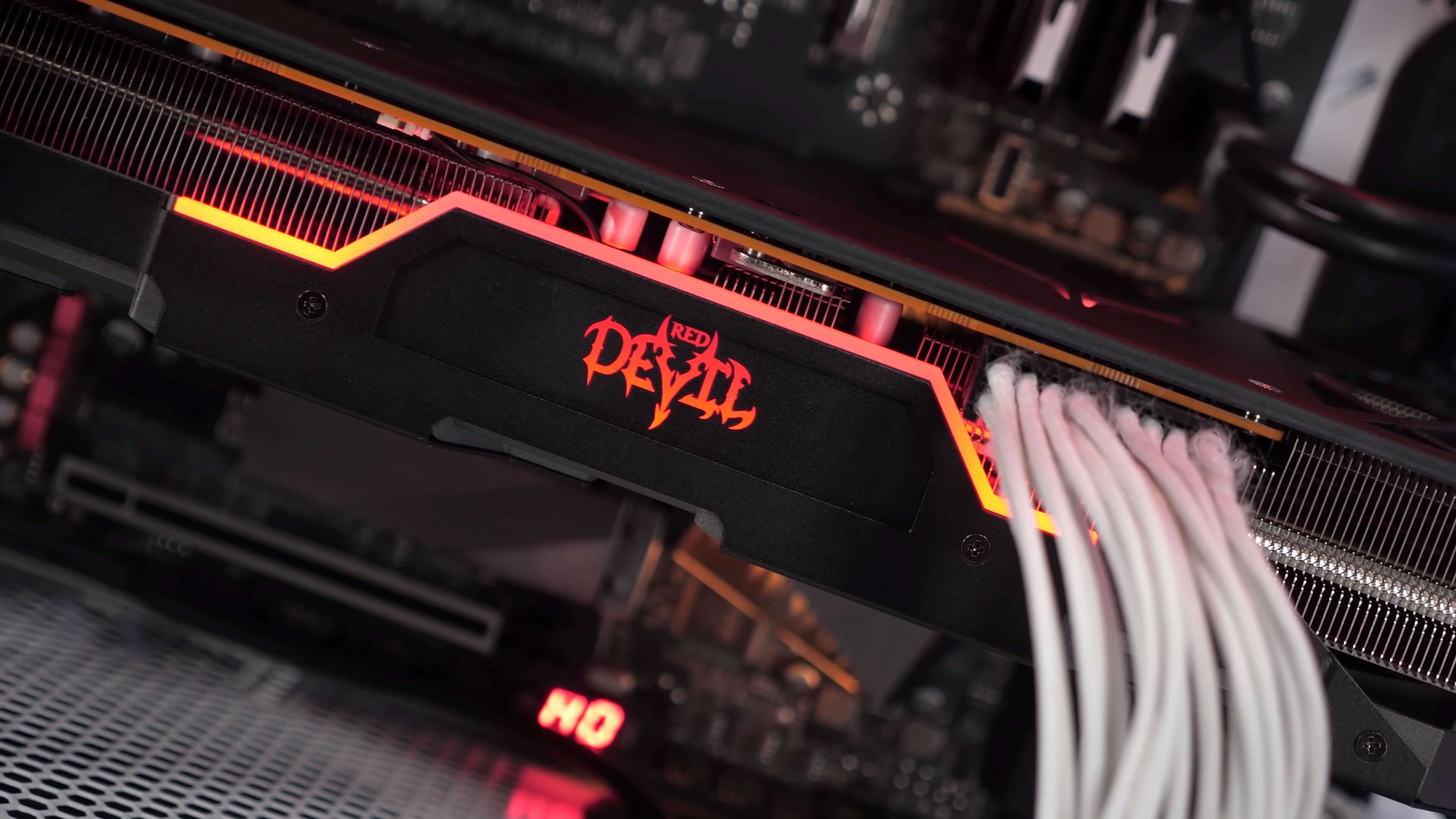
No such advantage exists when comparing the 2060 Super and 5700 XT to the GTX 1070 as all three pack 8GB of VRAM. The newer GPUs get faster GDDR6 memory but there is no crippling factor based on limited memory capacity. Had the GTX 1070 only come with 4GB, then you'd see many more instances at 1440p where the newer GeForce and Radeon GPUs are a lot faster, even over 100% faster.
The performance uplift offered by the GeForce RTX 2060 Super over the ~3.5 year old GTX 1070 isn't overly impressive, but a 35% performance boost isn't insignificant either. The Radeon 5700 XT boost is more noteworthy, 48% faster on average when compared to the GTX 1070. That's a very reasonable performance gain after 3 years.
So is PC hardware that bad in 2019? Are we really getting rolled as some say? Let us put it this way: In mid-2016 you could pair a $400 GTX 1070 with a $240 quad-core Core i5-6600K. Today you can pair the almost 50% faster 5700 XT with a significantly faster $200 6-core/12-thread Ryzen 5 3600. That seems like solid progress to us.
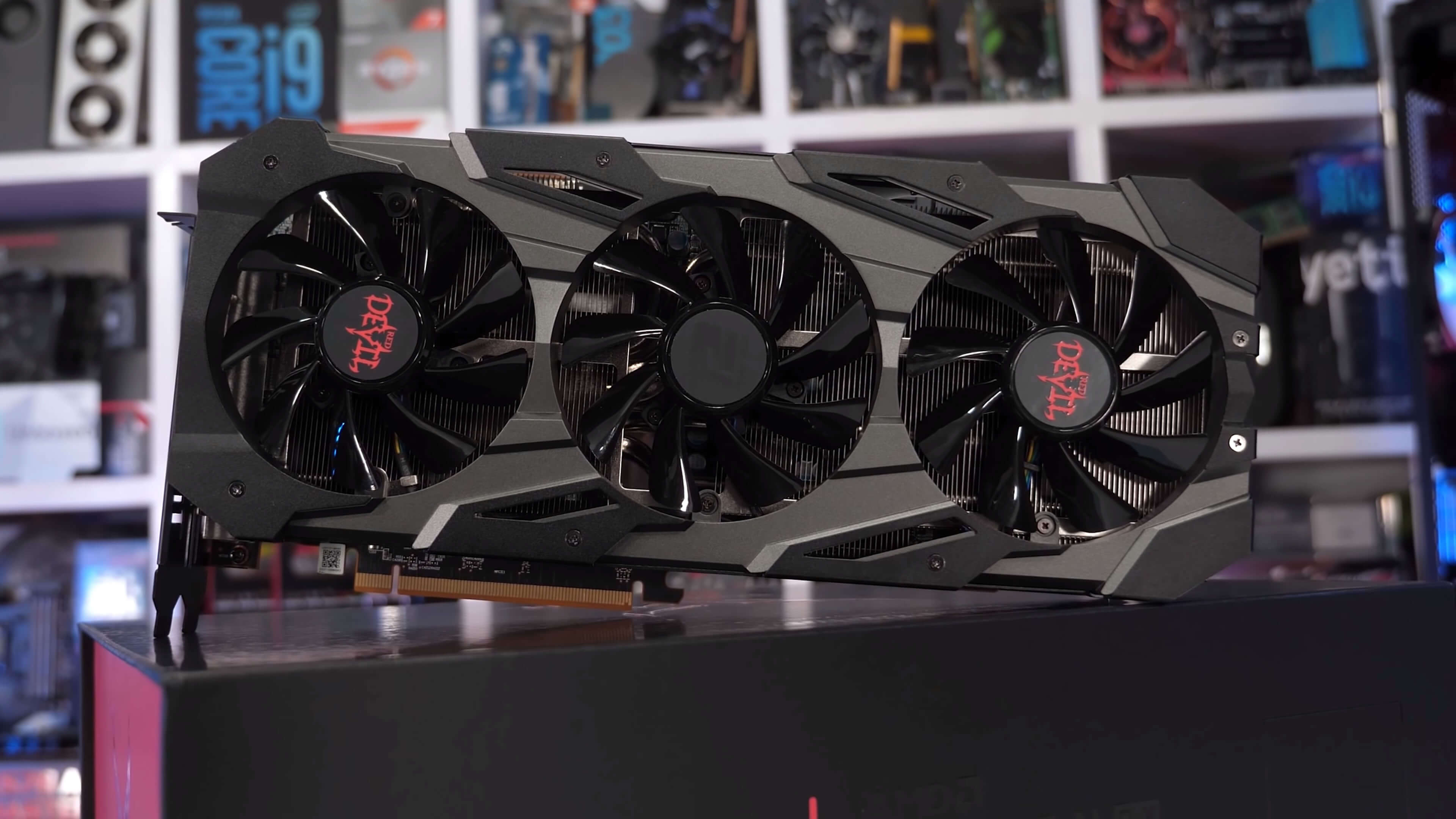
We might consider building those two systems for a few side-by-side testing, though if you've kept tabs on how the 7600K gets along in 2019, you'll know that comparison will turn out very poorly for the quad-core processor.
PC gamers and builders mostly concerned with gaming, know that GPUs are very competitive and offer good value at the $400 price point. We feel a 48% improvement over the GTX 1070 is a good place to be at. There are still more expensive options like the 2080 Super and 2080 Ti models, but you don't need those unless you're wanting to play games at 4K. Much like you don't need to spend $750 on a Ryzen 9 3950X, the 3600 will do just fine, or even last generation's 2600.
Shopping Shortcuts:
- AMD Radeon RX 5700 XT on Amazon
- GeForce RTX 2060 Super on Amazon
- AMD Radeon RX 5700 on Amazon
- GeForce GTX 1660 Ti on Amazon
- GeForce RTX 2070 Super on Amazon
- GeForce RTX 2080 Ti on Amazon
- AMD Ryzen 9 3900X on Amazon
- AMD Ryzen 5 3600 on Amazon

